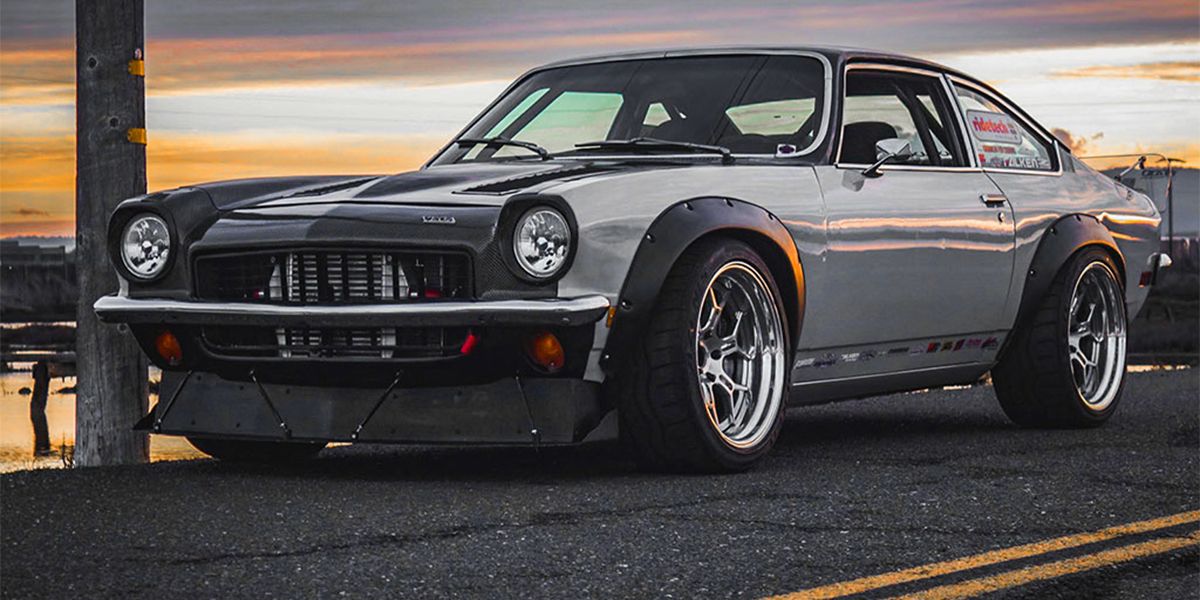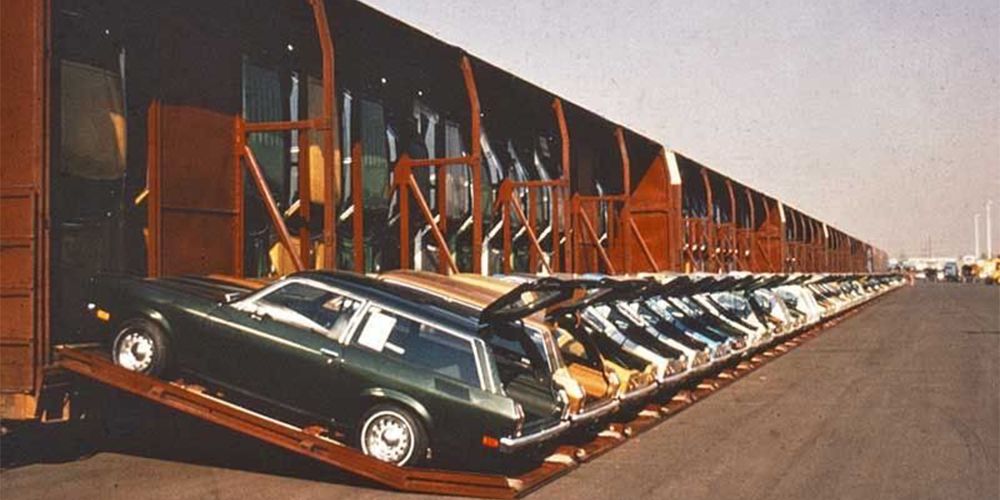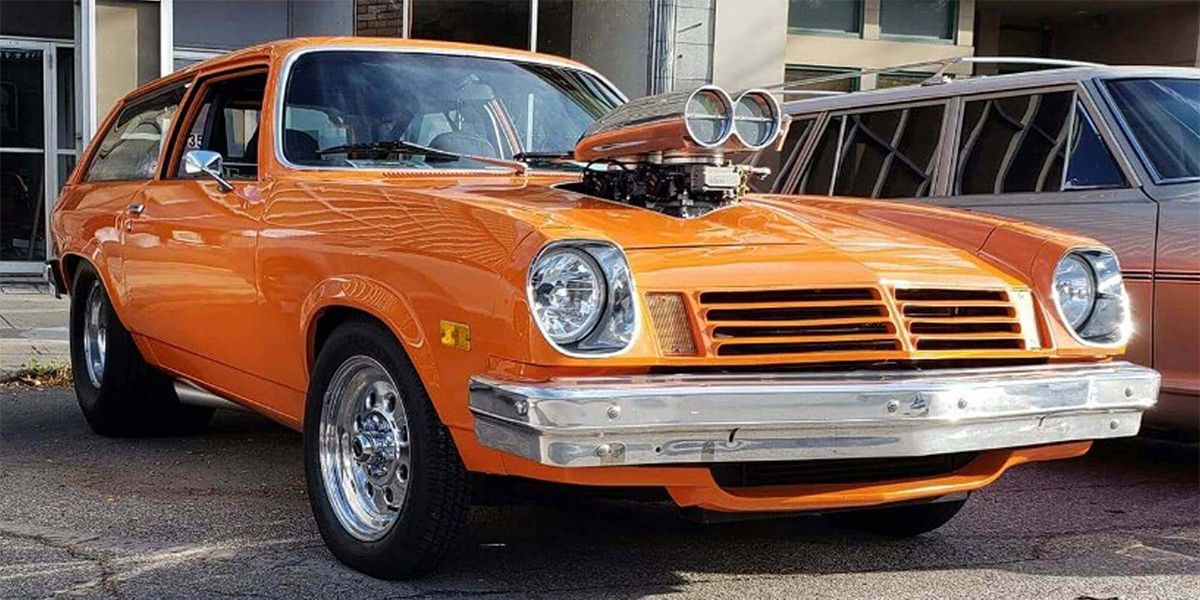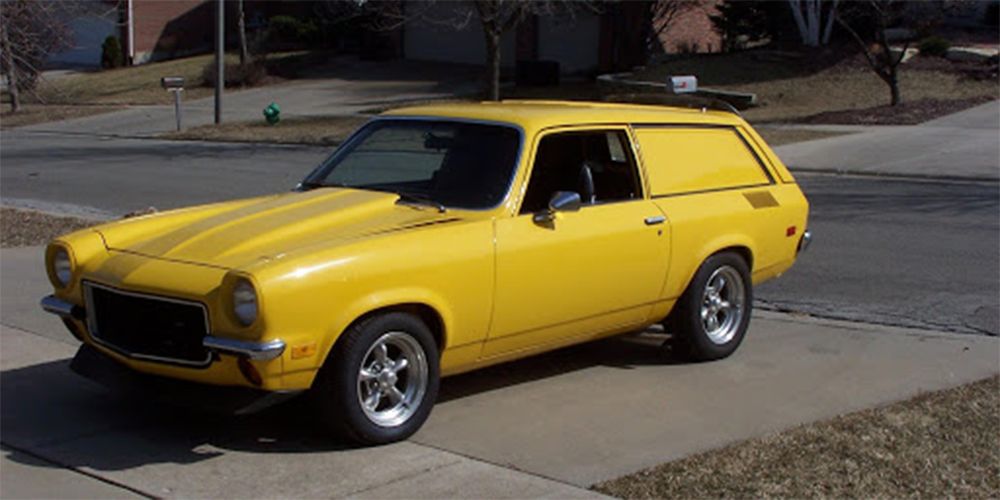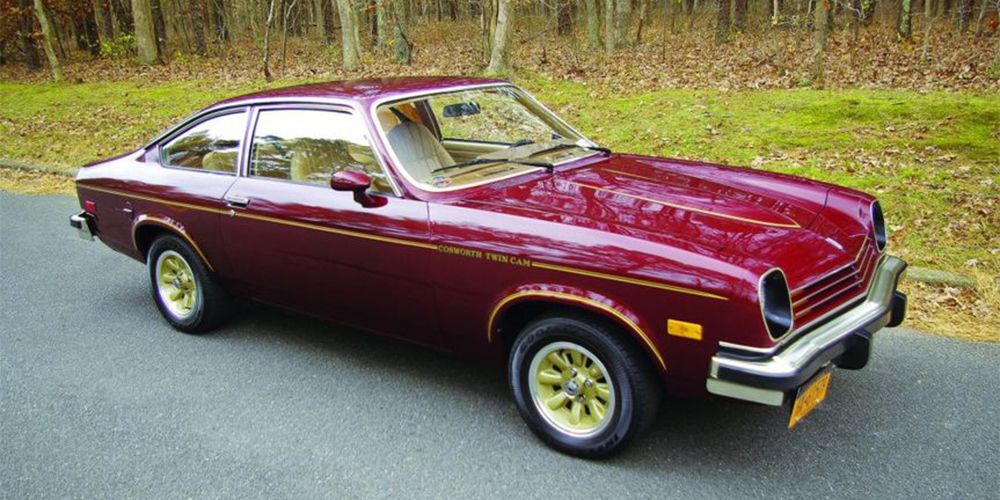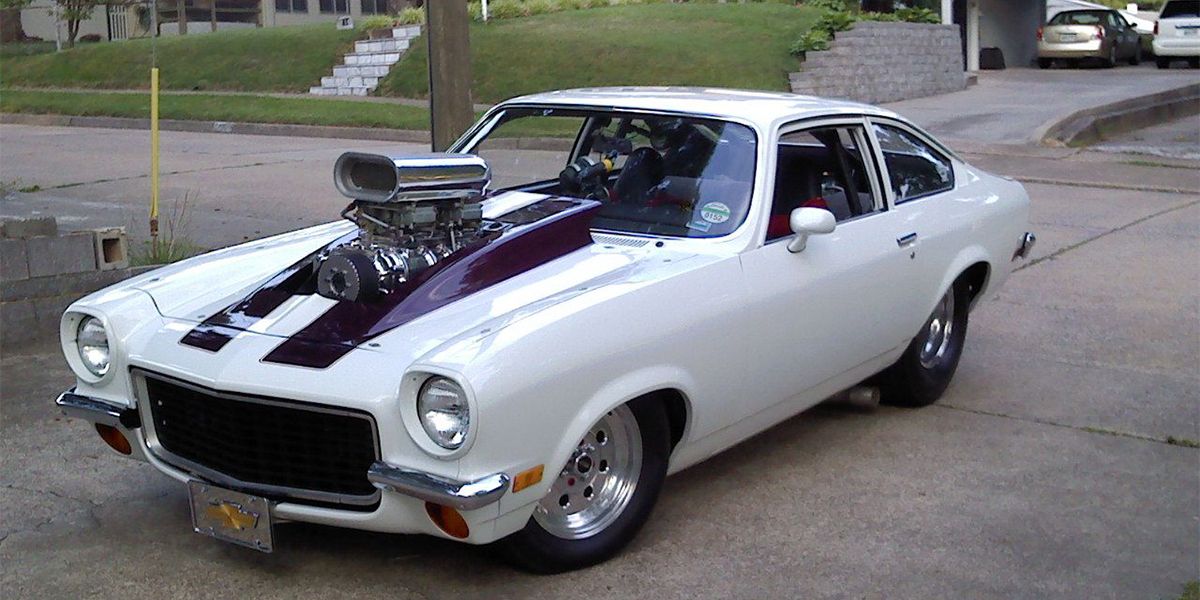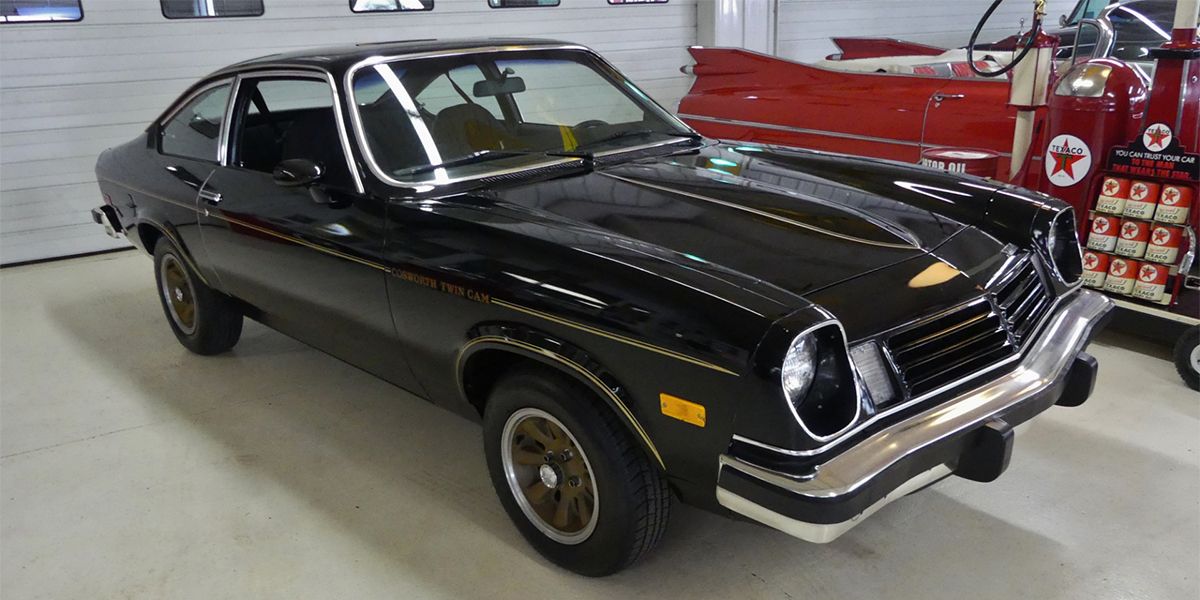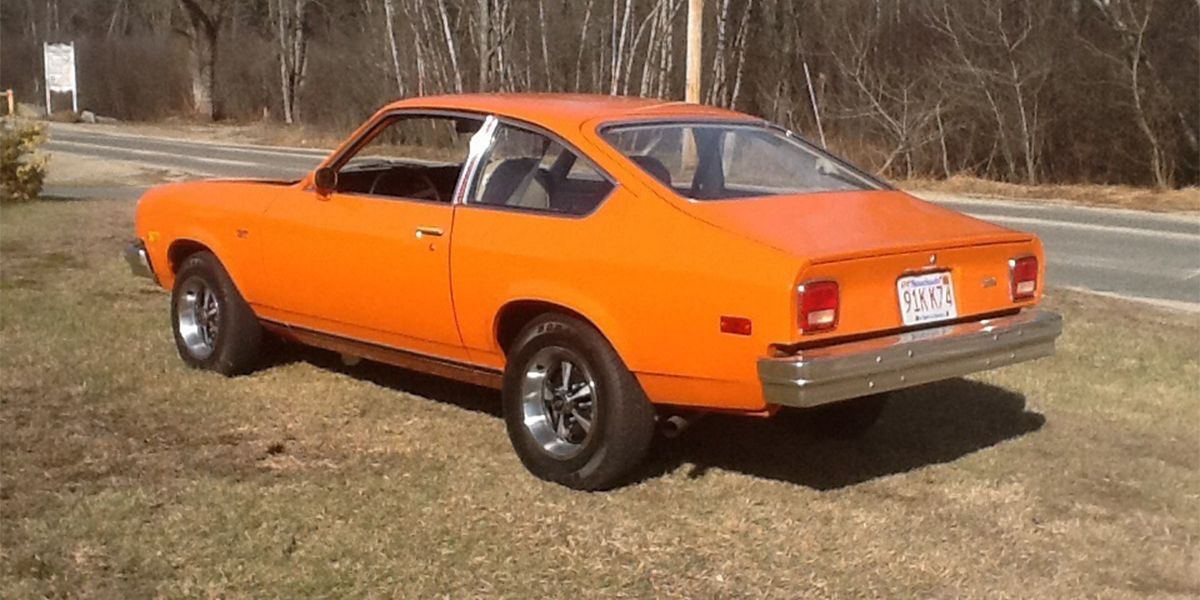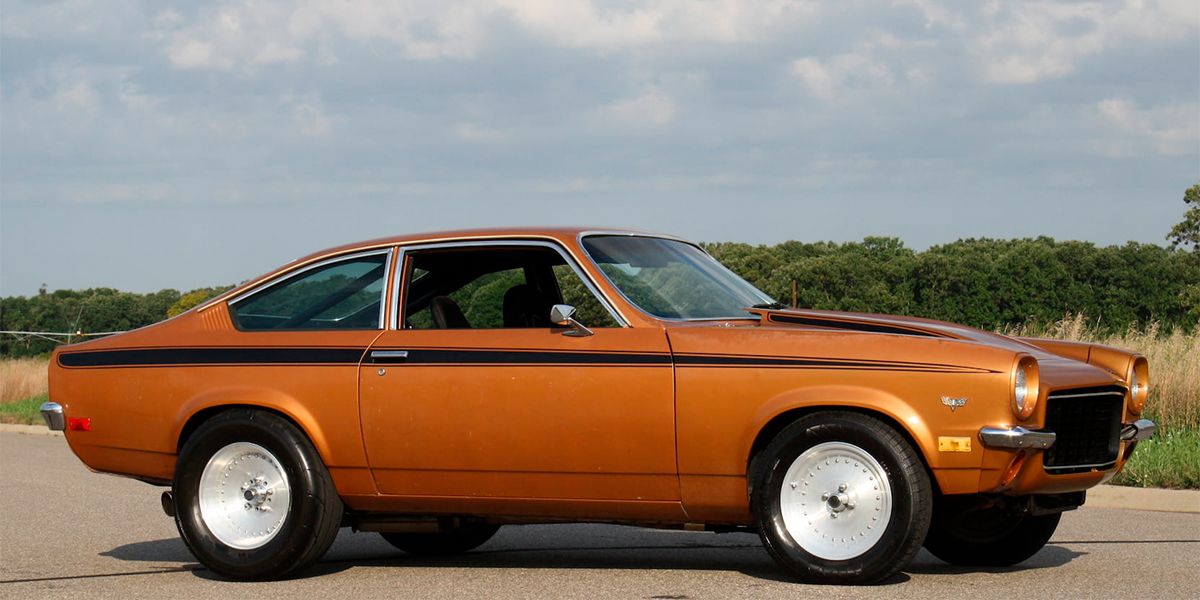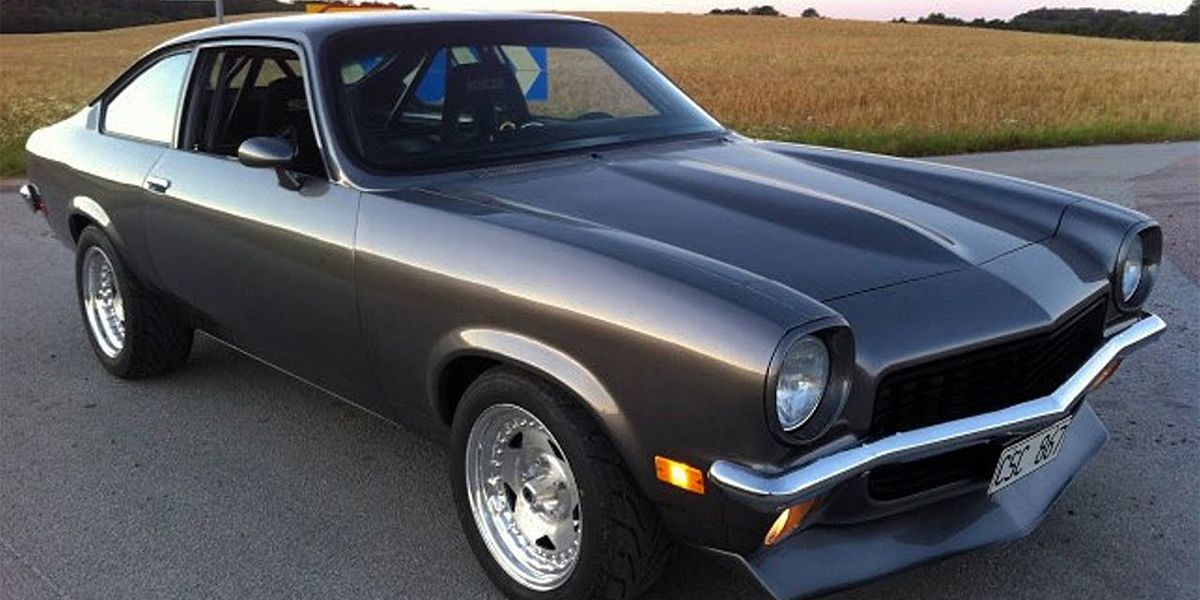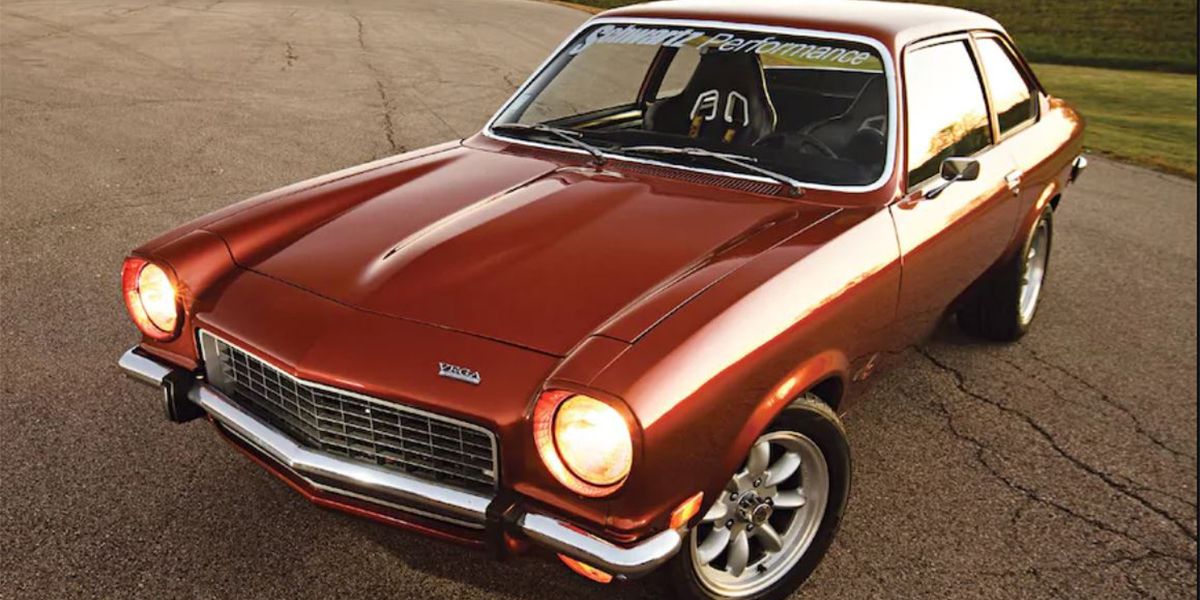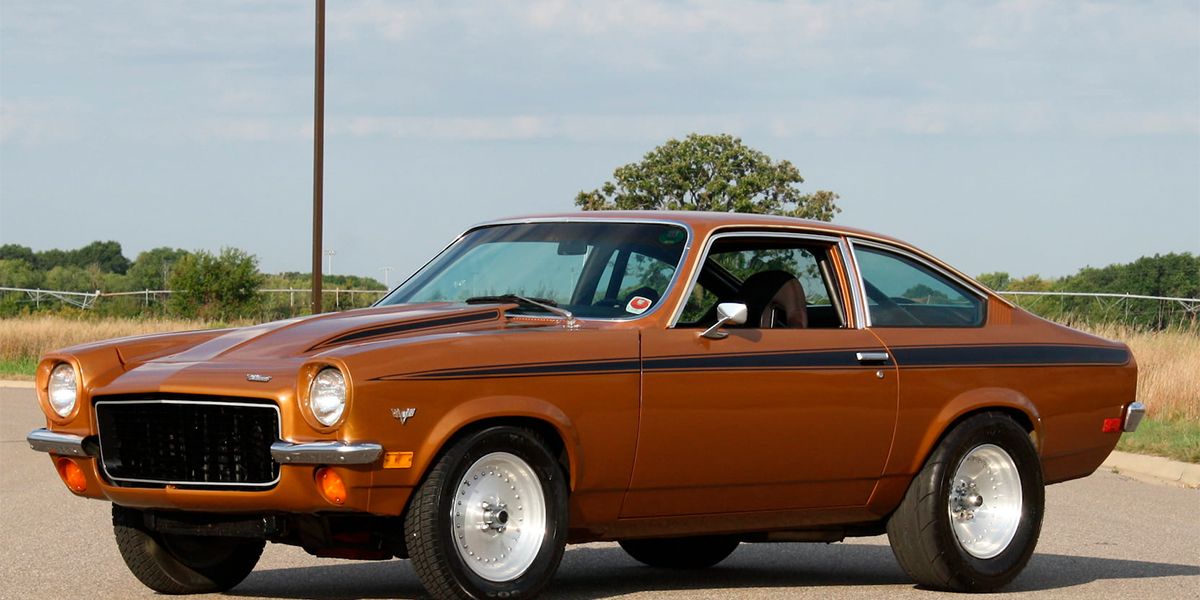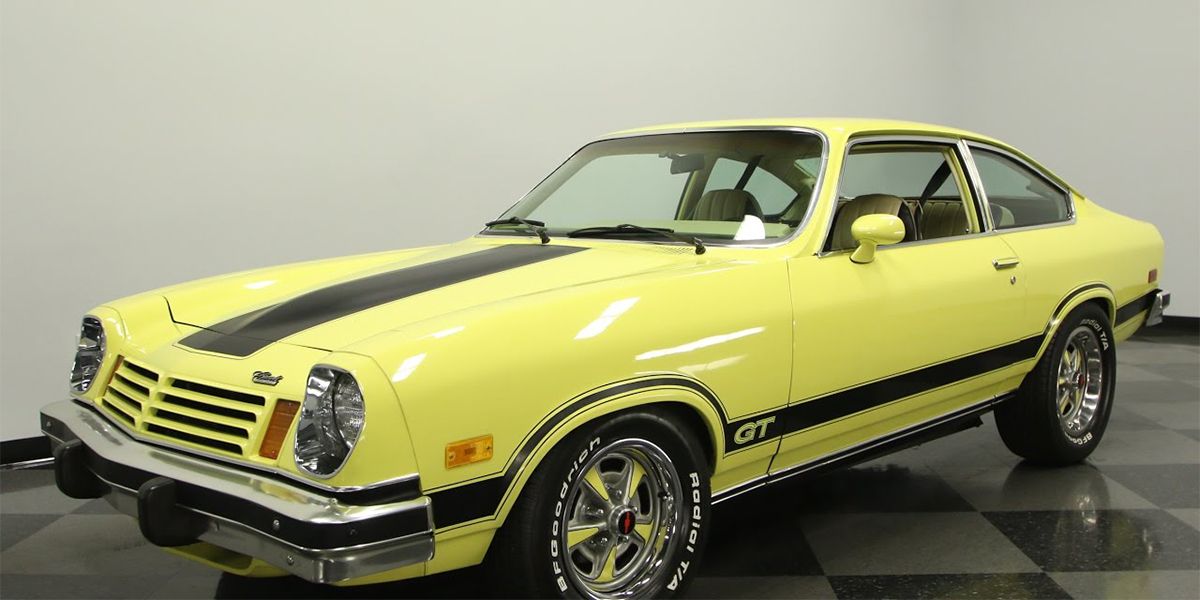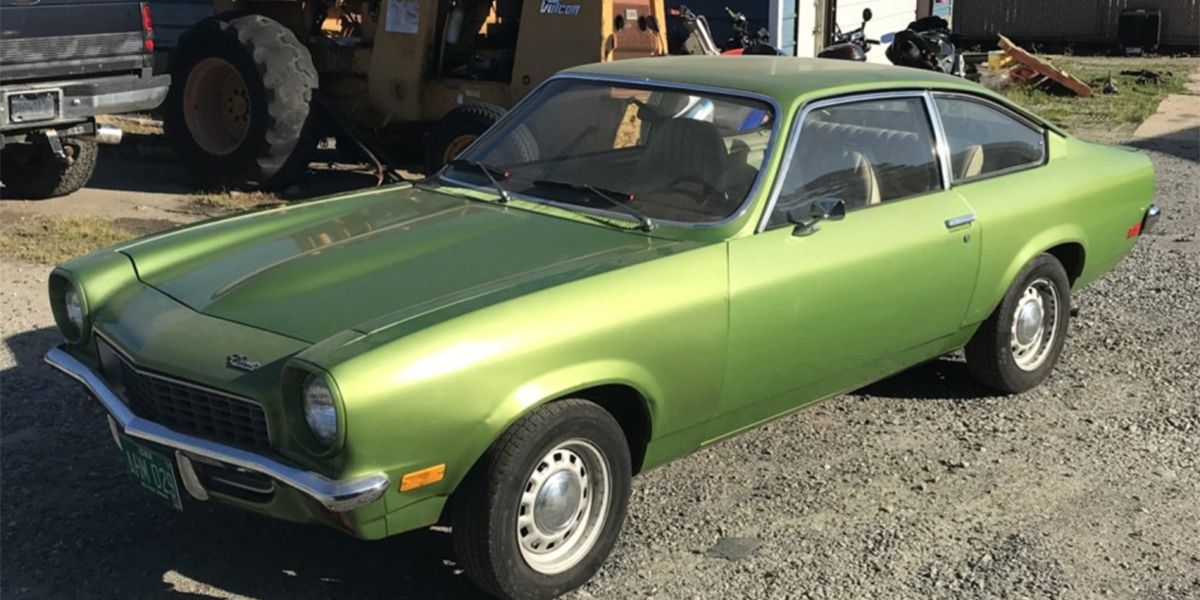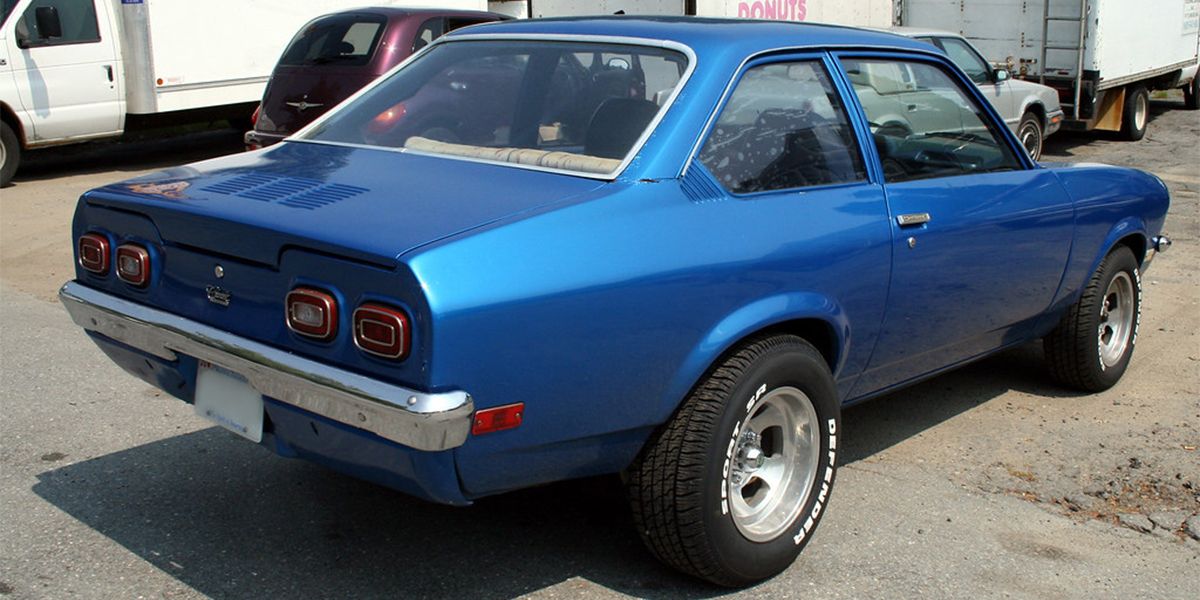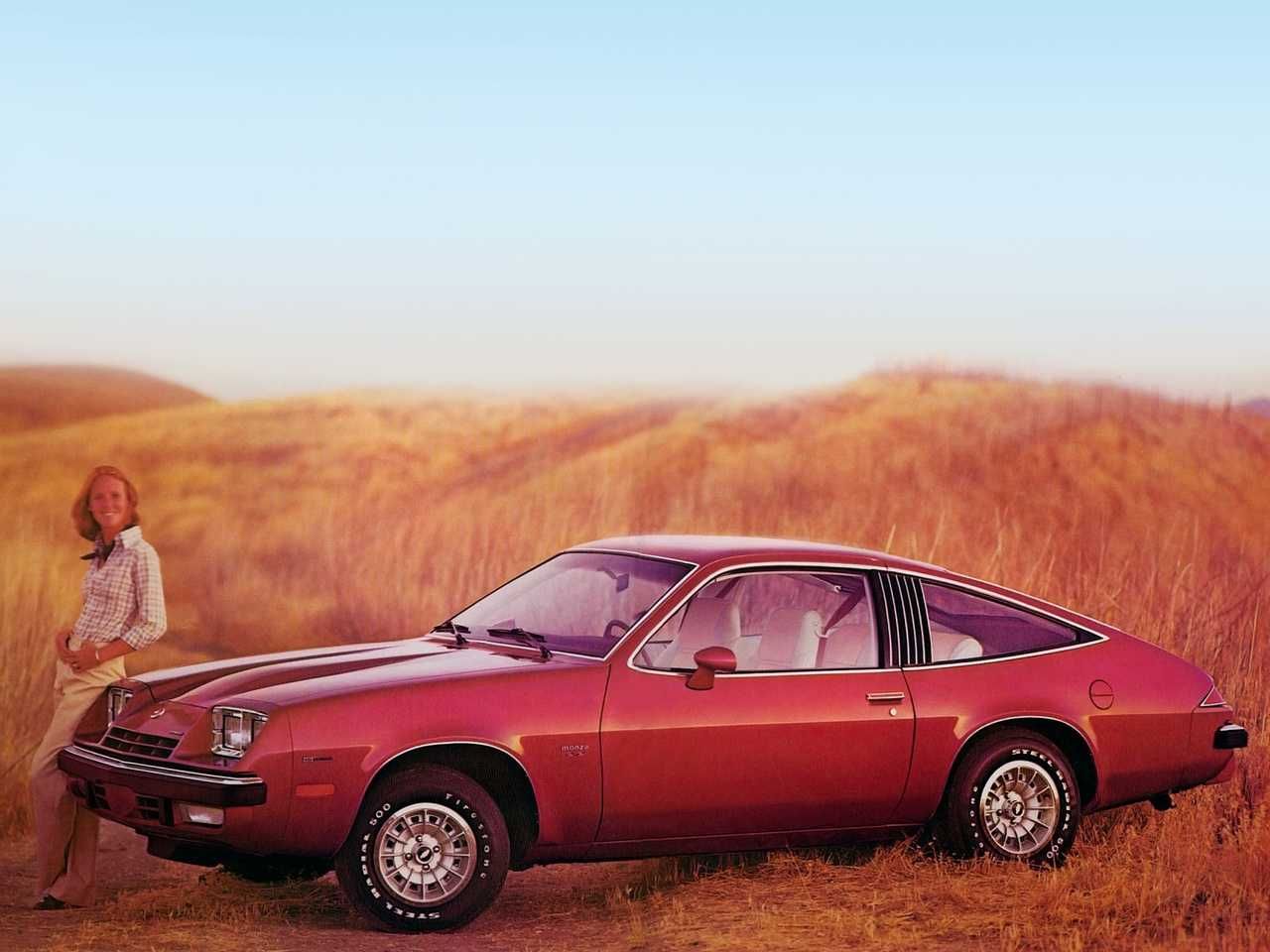The Chevy Vega was produced by General Motors between 1970 and 1977 as a subcompact automobile. When it first went on sale to the public in 1970, the Vega was quite good-looking and conventional in most ways. It was priced keenly against the then competition such as the Ford Pinto, and other German and Japanese alternatives. Its success on its inception was inevitable, but would later be a harbinger of the trouble that would descend on GM.
Ever since General Motors started manufacturing cars, not a single car ever set it on a downward trajectory. However, the Chevy Vega embodied all evil that would later consume GM, sending it into a bankrupt state a decade later. Well, maybe the Vega is not the root cause as to why General Motors went bad, but we'd struggle to come up with a better reason. The Vega is now 50 years of age, but it’s remembered for all the wrong reasons. It's hard for most people who had one to believe that it didn't even make it into this list of the most hated American cars ever made.
10 First Produced During General Motors Glory Days
General Motors is a big name in America’s history. It did sell more than half of all cars and trucks in the USA. Without a doubt, it was the biggest and most successful car company globally then, leave alone America. To put this into perspective, with a revenue of $13 billion, GM was as big as Standard Oil of New Jersey in 1956. Well, twice as big, to be precise.
General Motors’ employment roster was bigger than a small country's population. As such, Curtice (GM’s executive from 1953 to 1958) couldn’t run GM alone, he had other subdivision managers in charge of Pontiac, Buick, Cadillac, Chevrolet, and Oldsmobile. Since the Chevy Vega was being produced around this time, it fell under GM’s Chevrolet subdivision.
9 The Vega Name
Most cars are inspired and named after their predecessors or after their founders, say like Ferrari. Well, not the Chevy Vega; it was named after Vega, the brightest star in Lyra, the northern constellation. Overall, Vega is the 5th brightest star in the sky.
GM had projected the Chevy Vega would be a success globally. However, even though its prospects seemed bright when being launched, it didn’t live up to its name due to the multiple mechanical problems it had. Today, the Chevy Vega remains one of the cars that never lived up to their names.
8 Chevy Vega Origin
John Z. DeLorean became Chevrolet’s division manager after running GM’s Pontiac subdivision for 4 years. This flamboyant manager had no idea what was in line waiting for him with the Vega. The Chevy Vega had been developed by a corporate team under the leadership of Ed Cole - GM’s president in 1968. Its inception was a rushed one as it took only 2 years to build this car.
The Chevy Vega was then handed to Chevrolet as a fait accompli (an almost complete vehicle). Chevrolet and DeLorean didn’t have much to do except add a few engineering and design inputs since their main job was to sell it. It was after the Chevy Vega hit the market when things started getting twisted.
7 Received Praise At Its Introduction
It was not all gloom for the Chevy Vega, it bagged several awards and accolades during its inception period, such as winning the prestigious Motor Trend Car of the Year in 1971. More awards followed, such as Motor Trend’s 1973 car of the year (economy class category), American Iron and Steel Institute’s best economy sedan from 1971 to 1973 consecutively.
Besides receiving awards, the Vega garnered many positive reviews for its sports-car-like handling, brakes, looks, comfort, timeless styling, speed, innovative engineering, freeway cruising, and more.
6 Only 6 Production Years
The Chevy Vega was produced for a very short period, from 1971-1977 in various models, including the hatchback coupe, sedan, wagon, panel express, and the GT hatchback Coupe & GT Kammback Wagon. All through the production years, it went through a variety of changes.
Since the Vega was meant to battle other automobile imports, GM never intended the Vega to subject the car to annual model changes. 1971 and 1972 didn’t see the Vega go through any significant changes, but in 1973, it received 300 changes. 1975 also saw it receive 264 changes. 1976 models received 300 changes. Finally, in 1977, there were no major changes. Instead, GM carried over the 1976 model and hit it with a few revisions.
5 Nearly Destroyed GM
Even though the Vega sold well initially, public scrutiny started falling against it within a short while. This was due to a lack of engineering focus from Chevrolet. Everybody was now questioning Chevy Vega’s qualities.
Some of the major problems associated with the Vega included engine backfires, oil leaks, rusting, defective axles, balky throttles, and fuel spillage that would occasionally result in fire. As a result of these problems, GM did issue several mass-recalls to rectify such catastrophes. In 1972, for instance, General Motors conducted 3 mass recalls with the largest one covering 500,000 Chevy Vegas.
4 Production Speed
It was projected that Lordstown Assembly would produce 100 Vegas every hour. This translates to one Chevy Vega every 36 seconds! It sounds far-fetched, but it turned out to be true; Lordstown produced 73.5 Chevy Vegas every hour - the fastest production rate in the world during that time.
Even though the Vega had several mechanical issues, the quality of production was acceptable. With time, production increased to a massive 100 Vegas every hour. This was not without its downfalls. Lots of problems surfaced in the paint shop since the spray pressures couldn’t paint all Vegas fast enough. Peak production stood at 2,400 units a day. Eventually, Lordstown produced a total of 2,006,661 Vegas.
3 Inflated Pricing
The Chevy Vega first went on sale on 10th September 1970 at Chevrolet dealerships. However, its sale was ill-timed since inflation would soon follow, resulting in automobile prices rising by 50%. Emission and safety mandates could also be blamed for the sky-rocketing prices.
A Chevy Vega unit that used to go for $2,090 in 1971 would now cost $3,249 in 1977. Notably, such inflated prices didn’t only affect the Vega only, the whole automotive industry suffered from this inflation. For these reasons, the Vega did fall short of the projected sale goals.
2 A Car to Hate
During the late 1970s, the once all-pervasive Chevy Vega was now disappearing from the American roads. Due to the Vega’s crummy reputation of unreliability, its resale value soon hit rock-bottom to almost zero. Word on the streets is that one salvage yard did erect a signboard reading “No Vegas,” meaning that they couldn’t even bother retrieving any usable parts from the Vega before crushing it.
Today, finding a moving Chevy Vega is as scarce as finding the scandal-plagued Corvair. The Vega is practically dead, save for a few limited-edition Chevy Vegas and those kept alive by modders. It remains a car that is long gone and its story is forgotten thanks to GM’s improved car production quality since then.
1 Chevy Vega Predecessor & Successor
The Chevrolet Corvair can be said to be the Chevy Vega's predecessor, a compact car produced by Chevrolet from 1960 to 1969 in only two generations. The Vega was then succeeded by Chevrolet Monza, a subcompact manufactured from 1975-1980.
Chevrolet Monza was based on the Vega sharing its width, wheelbase, and its inline 4-cylinder engine. Due to emission compliance issues and the engine's poor fuel economy, the 4-cylinder engine was substituted with a V8 engine option. Other cars that used Vega’s body styles include the Pontiac Astre and Pontiac Sunbird.

